Connor L. Yako
Designing Underactuated Graspers with Dynamically Variable Geometry Using Potential Energy Map Based Analysis
Mar 14, 2022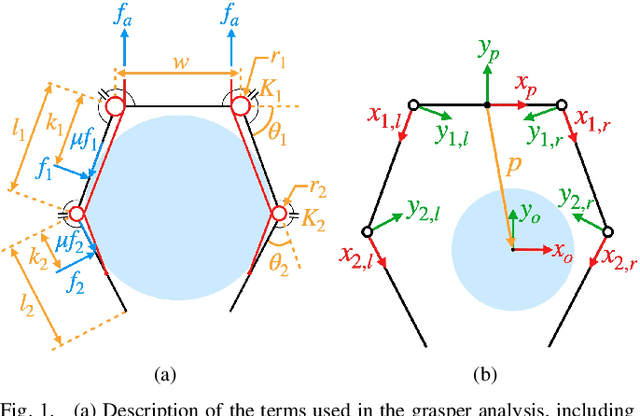
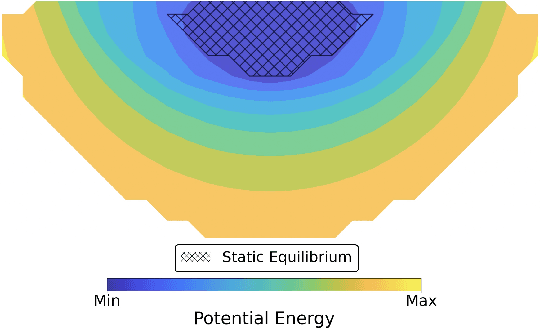
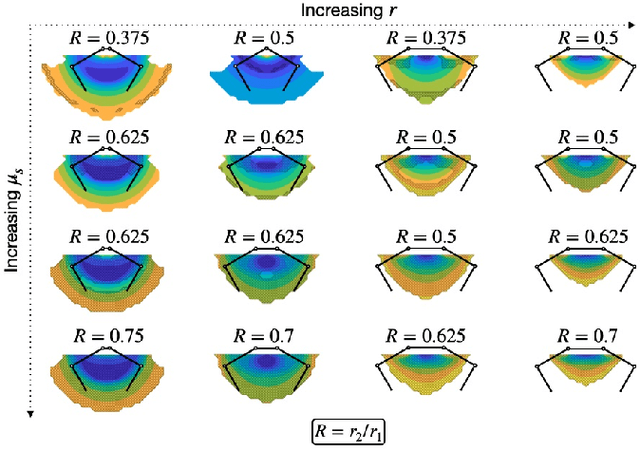
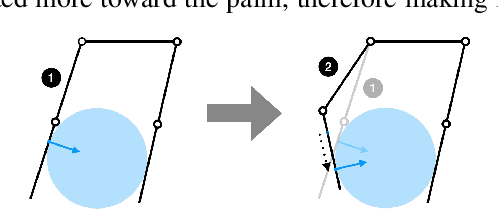
Abstract:In this paper we present a potential energy map based approach that provides a framework for the design and control of a robotic grasper. Unlike other potential energy map approaches, our framework is able to consider friction for a more realistic perspective on grasper performance. Our analysis establishes the importance of including variable geometry in a grasper design, namely with regards to palm width, link lengths, and transmission ratio. We demonstrate the use of this method specifically for a two-phalanx tendon-pulley underactuated grasper, and show how various design parameters - palm width, link lengths, and transmission ratios - impact the grasping and manipulation performance of a specific design across a range of object sizes and friction coefficients. Optimal grasping designs have palms that scale with object size, and transmission ratios that scale with the coefficient of friction. Using a custom manipulation metric we compared a grasper that only dynamically varied its geometry to a grasper with a variable palm and distinct actuation commands. The analysis revealed the advantage of the compliant reconfiguration ability intrinsic to underactuated mechanisms; by varying only the geometry of the grasper, manipulation of a wide range of objects could be performed.
Design and Control of Roller Grasper V2 for In-Hand Manipulation
Apr 18, 2020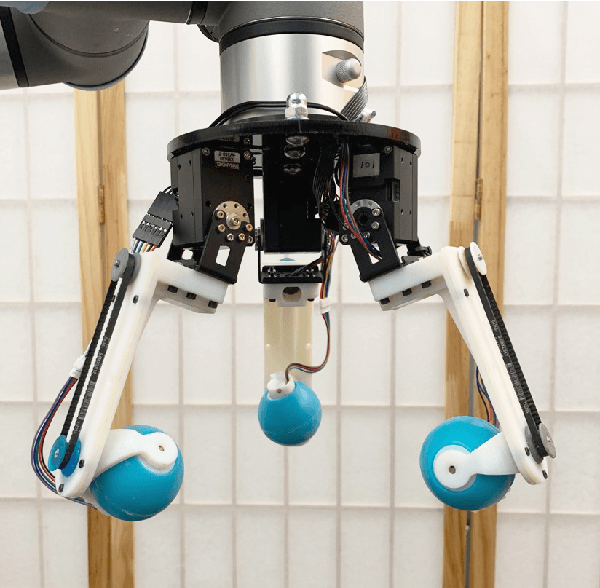
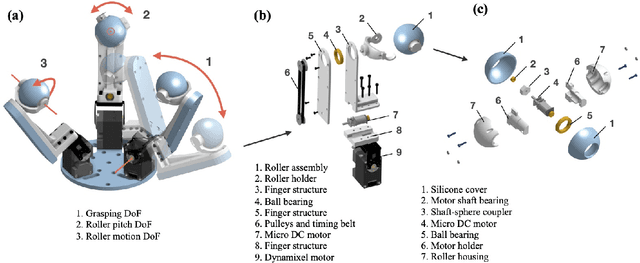
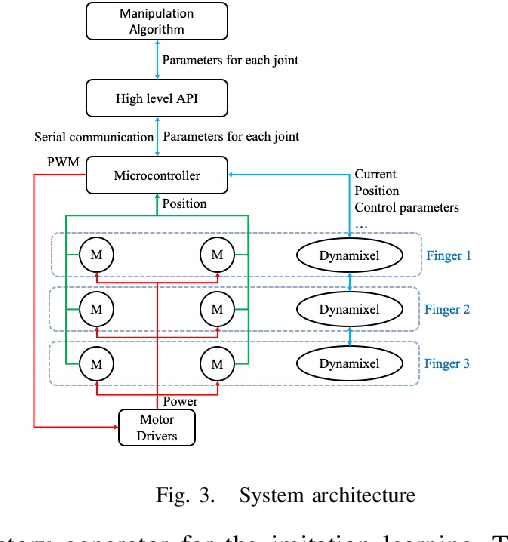
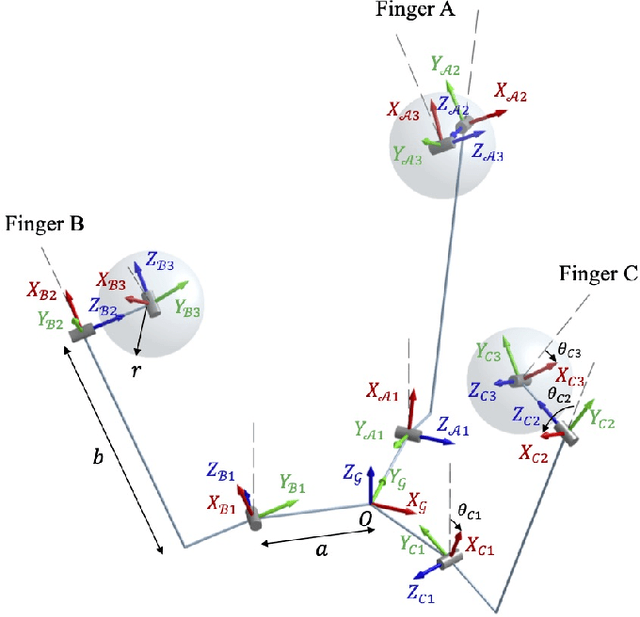
Abstract:The ability to perform in-hand manipulation still remains an unsolved problem; having this capability would allow robots to perform sophisticated tasks requiring repositioning and reorienting of grasped objects. In this work, we present a novel non-anthropomorphic robot grasper with the ability to manipulate objects by means of active surfaces at the fingertips. Active surfaces are achieved by spherical rolling finger tips with two degrees of freedom (DoF) -- a pivoting motion for surface reorientation -- and a continuous rolling motion for moving the object. A further DoF is in the base of each finger, allowing the fingers to grasp objects over a range of size and shapes. Instantaneous kinematics was derived and objects were successfully manipulated both with a custom hard-coded control scheme as well as one learned through imitation learning, in simulation and experimentally on the hardware.
 Add to Chrome
Add to Chrome Add to Firefox
Add to Firefox Add to Edge
Add to Edge